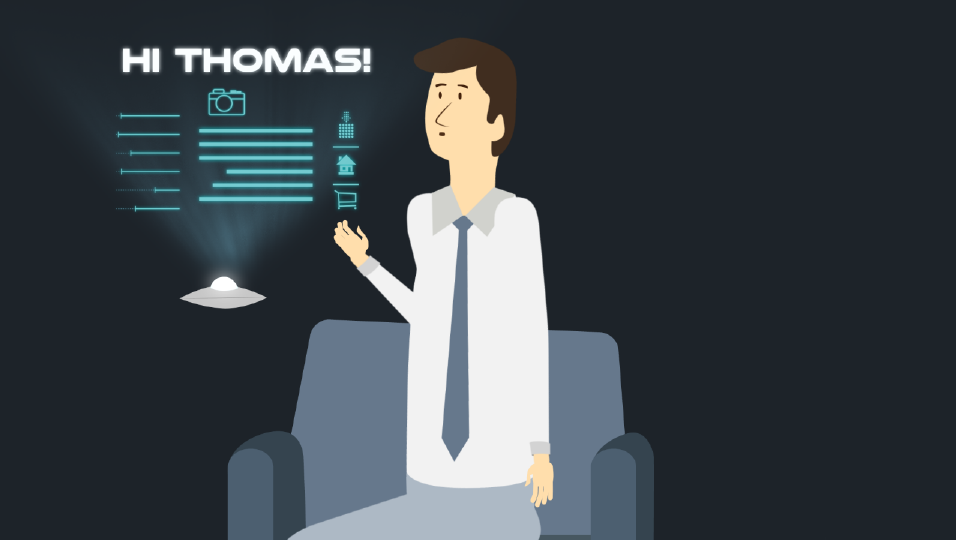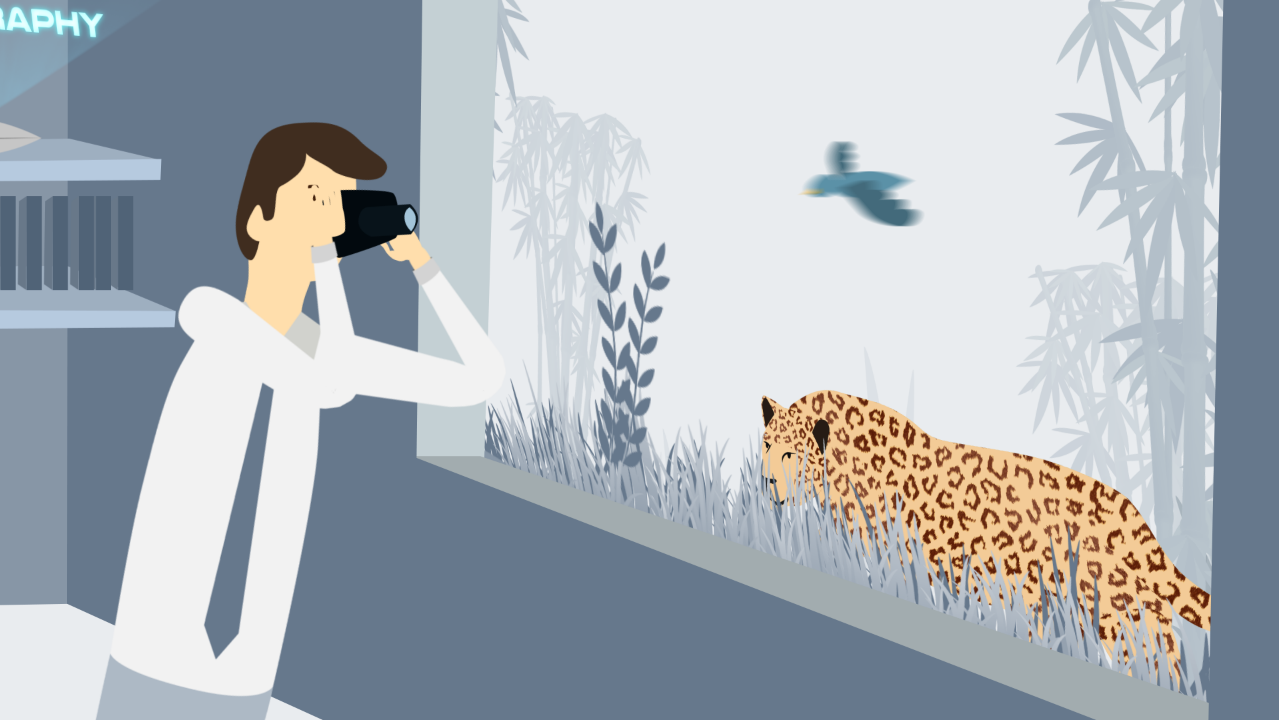Store of the Future
The rise of online superpowers such as Amazon and Alibaba have left brick and mortar sales dwindling. Media-Saturn Holding, the second largest consumer electronics retailer in the world, realized that they needed to adapt in order to survive. This is why they tasked us, a team of students from Trinity College Dublin and Karlsruhe Institute of Technology to design the brick and mortar shopping experience for the digital native of 2025.
Solution
The Media-Saturn store of the future will combine the best bits of online and offline shopping in what we call a "Phygital" shopping experience. There will no longer be aisles and aisles of products instore. Instead, if you want to browse for products you will sit in front of an interactive hologram which will allow you to use gestures and voice commands to manipulate 3D and lifesize (where appropriate) models of every product in store.

Then if the product is small enough, like a phone, and you want to test it, our instore delivery robots will bring it straight to your seat, you don't even have to move. If the product is something that is larger and needs more interactive testing then you can move to our FUNctional testing areas.

The philosophy of our FUNctional testing zones is that we want the customer to have fun interacting with the product and we want them to learn useful information that will aid their purchasing decision i.e. functional. For example, if you wanted to buy a new camera you would go to Camera World and test cameras out by taking pictures of a safari setting with animals racing across the screen and with different lighting conditions such as sunrise and sunset. Or if you want to buy a new drone why not test it out by racing it in our instore drone racing track?

Presentations and Prototypes
Once we had finalized our solution I was then selected to present the concept in the Stanford Design School, Trinity College's Science Gallery, and the University of St.Gallen to a cumulative total of over 300 people.
In order to simulate the holographic browsing experience of the future we used the Oculus Rift headset and the Unity development platform to display a carousel of phones in front of the customer's eyes. A Microsoft Kinect motion sensor then looked out for certain hand gestures, which then triggered C# scripts that would either transition between the phones, bring up product information, or call for a delivery robot to bring a particular phone to their seat.